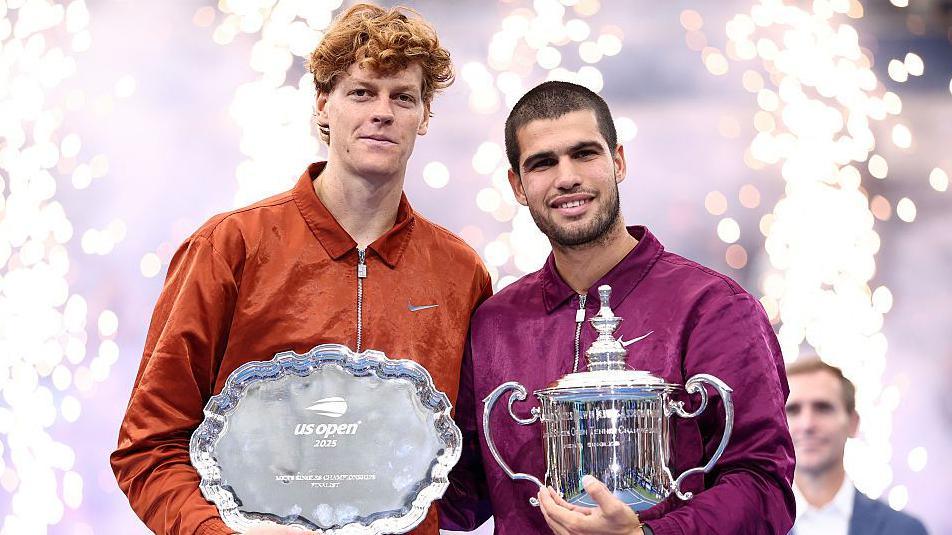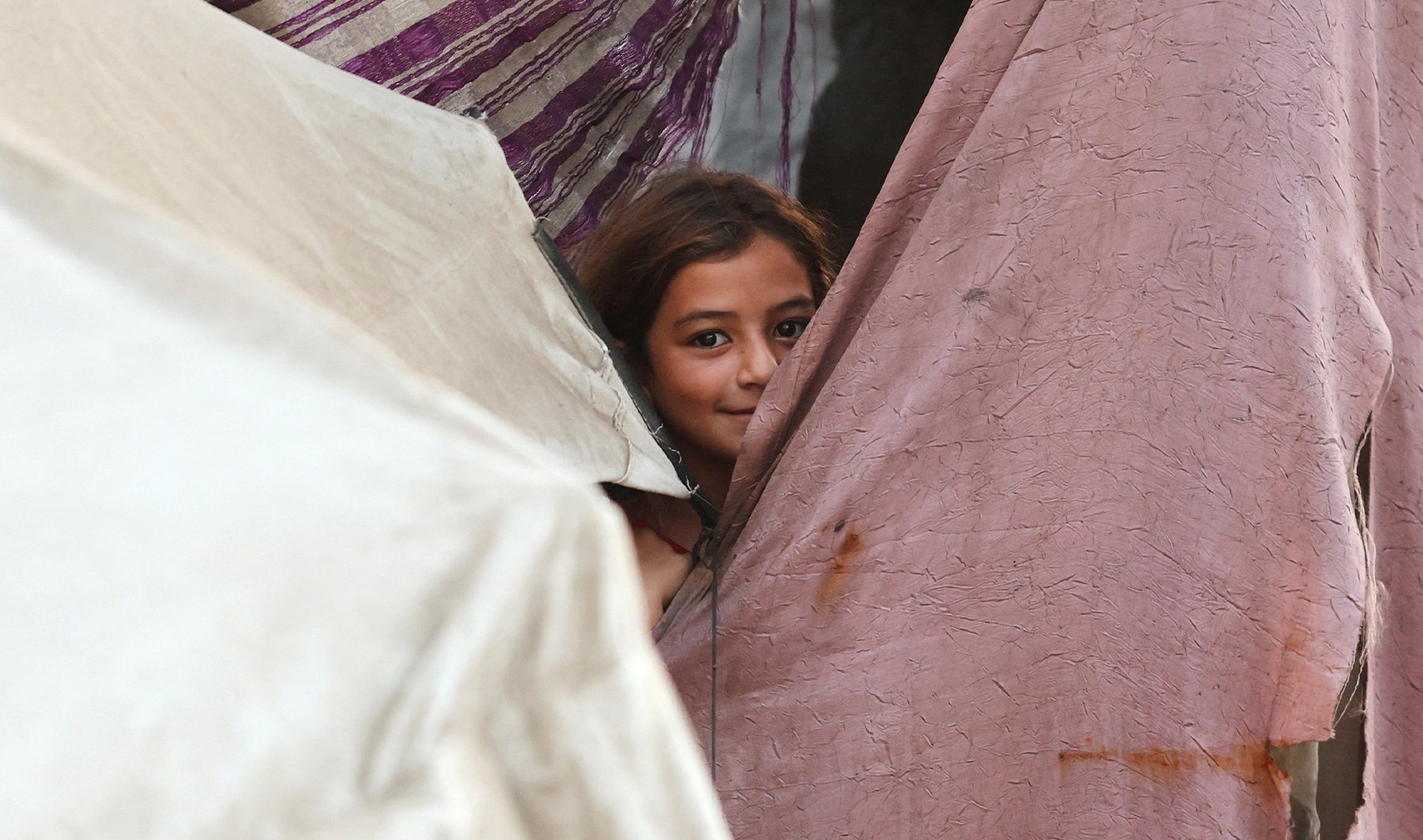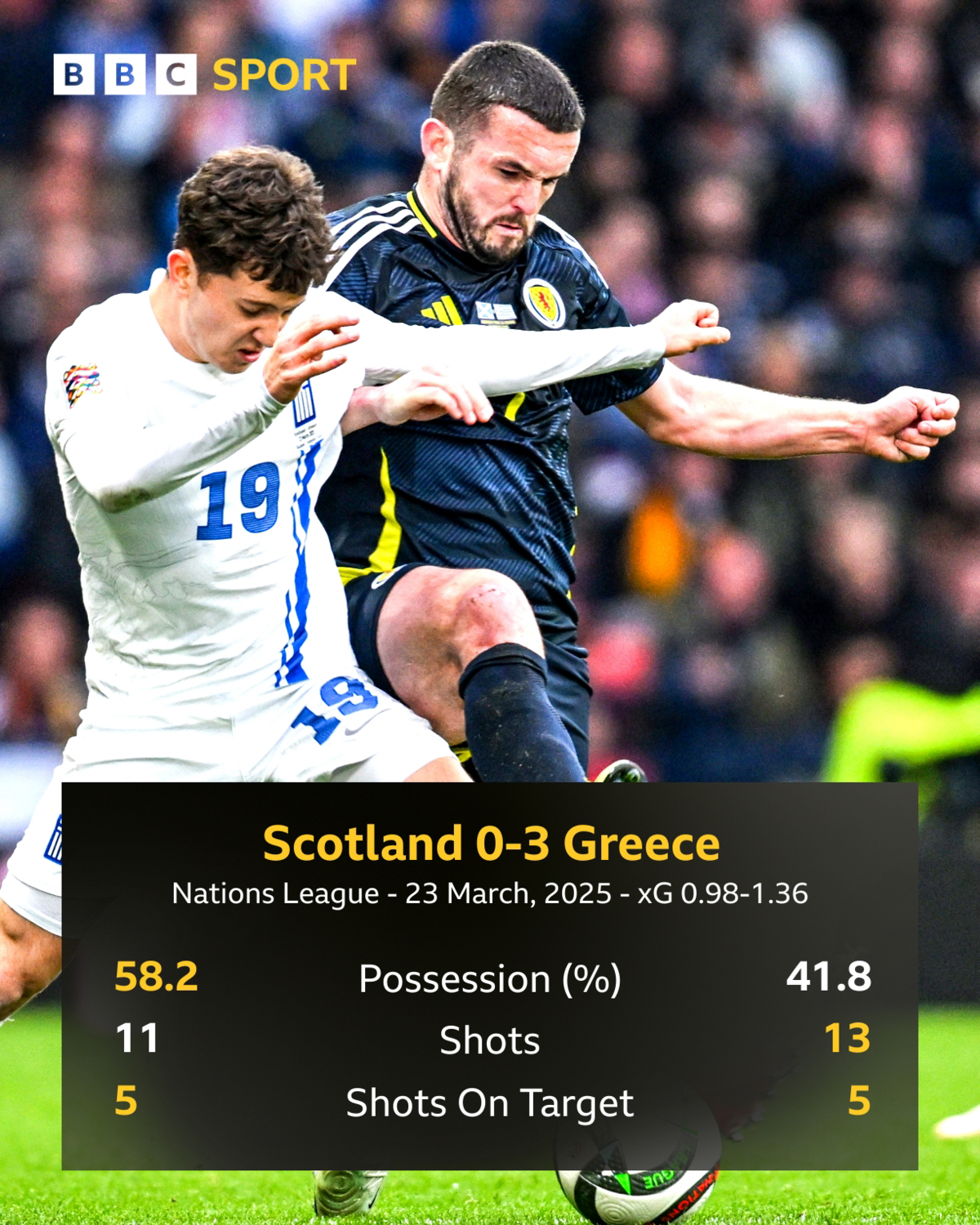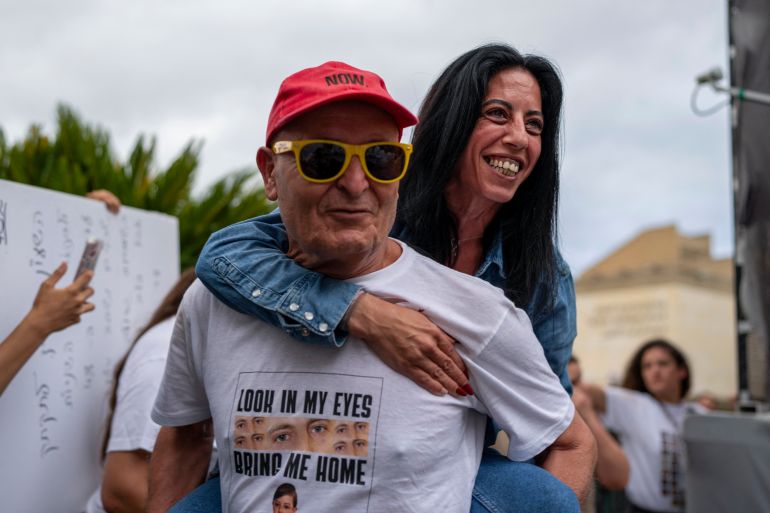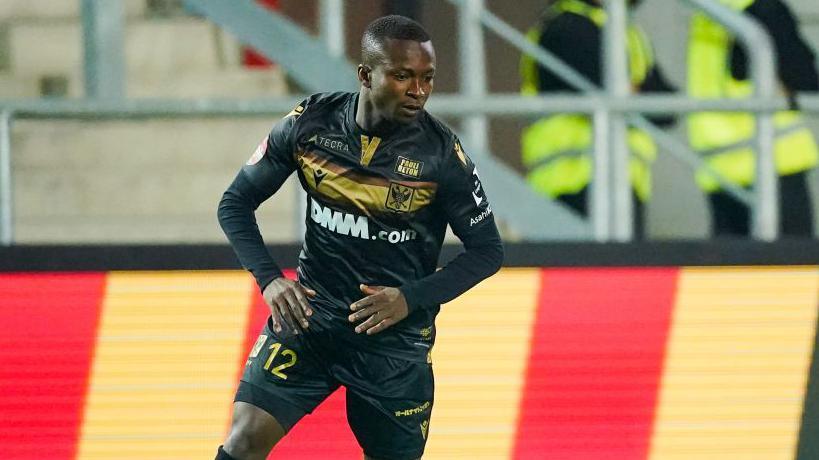- 131 Comments
Roger Federer set tongues wagging last month when he said tournament directors like uniformly slow courts because they increase the chance of a final between superstars Carlos Alcaraz and Jannik Sinner.
The world number three Alex Zverev agreed, saying tournament directors “obviously want Jannik and Carlos to do well every tournament”.
The top two in the world have indeed met in the final of the past five tournaments they both entered – and they have been played on clay, grass and hard courts.
There is a strong argument to say they would also prevail on ice and sand, but there is no doubt court speeds have become much more uniform over the past 20 years.
There were “two completely separate tours” in the 1980s and 1990s, according to former British number one Jeremy Bates: those who played on the clay, and those who played on the fast courts.
‘We tournament directors need to fix it’
Federer was speaking to Andy Roddick’s Served podcast at the Laver Cup in San Francisco.
As a driving force behind the annual team competition, he has a say on many things – including court speed. And the 20-time Grand Slam champion admits the court in California was too slow.
“We, the tournament directors, need to fix it,” Federer told Roddick.
“We need to have not only fast courts, but what we would want to see is Alcaraz and Sinner figure it out on lightning fast [courts] and then have the same match on super slow – and then see how that matches up.
“Now everybody plays similar – it’s because the tournament directors have allowed, with the ball speed and the court speed, that every week is basically the same and that’s why you can just go from winning French, Wimbledon, US Open and just play the same way.
“I understand the safety net the tournament directors see [by] making the surface slower.
“For the weaker player, he has to hit extra amazing shots to beat Sinner, whereas if it’s quick, he can only maybe blast a few at the right time and he gets past.
Courts are actually getting slightly faster
With the exception of this week’s tournament in Shanghai, the data shows the courts at this year’s Masters 1000 events have been faster than they were in 2017 – one of the first years regular data was provided.
But even the quickest court – in Toronto, where this year’s Canadian event was held – is only rated as medium-fast.
While there is some variety between the venues, it is also true to say players do not need to alter their game style very much to be successful on hard, clay and grass courts.
These numbers are based on limited readings from the main show courts, and other factors do come into play. Heat and humidity can affect the court speed, and balls and string technology also play a significant part.
The ATP now has greater oversight of the balls used on the men’s tour. By ensuring the same ball is used consistently at, say, each summer North American hard court event, it hopes tournaments will be better equipped to decide what type of court preparation will produce the speed they desire.
And advances in string technology allow “balls hit with a lot of topspin on hard, clay and grass courts to react far more similarly to each other than flat shots bouncing on the respective surfaces,” according to Iain Macleod, the creative lead for tennis at Hawk-Eye Innovations.
Officiating technology, which covers all court lines for ‘out’ calls, has been compulsory at all ATP events from the start of the year. It means the organisation will in future have a wealth of data from show courts and outside courts to draw on.
‘Creating something to benefit certain players never goes through our head’
And so to the million dollar question.
Would a tournament director consider slowing down a court to increase – still further – the chance of a Sinner-Alcaraz final?
“Trying to create something that benefits certain players never goes through our head – not even close,” said Bob Moran, who runs the ATP and WTA 1000 events in Cincinnati.
“We were fast, and we had Sinner and Alcaraz [in the final]. For the three years I’ve been doing this in Cincinnati, the players have come back to me that they feel fast – to every player.
“What we were really striving for this year was consistency throughout the swing. When they hit the States, in Washington DC, through to the US Open.
- 15 hours ago
- 23 hours ago
- 1 day ago
Would tennis be fun on a ‘lightning quick’ court?
Bates was on tour between 1980 and 1996. He rarely played on a slow court.
“In that period of time, there were two completely separate tours,” he explained.
“You had all the players who played on the clay, and then you had everyone else who played on the fast courts and the only time you would see the clay court players would be at the French [Open] and the only time we would see [those that preferred fast courts] would be at Wimbledon and the other Slams.
“All the indoor courts we played on were super slick. It was a question of how quick you could get to the net.
“Most of the top 20 were serve-volleying. Some were playing from the back of the court. That’s what actually made it interesting to watch because you had two completely contrasting game styles, and now you are in a situation where the vast majority of players you watch just cancel each other out.”
Patrick Mouratoglou, the former coach of Serena Williams, says the move to slow down the courts “killed a generation of serve and volley players”.
“But I think it is better for the game because otherwise you would have too many aces and serve winners, which I think is very boring,” he said.
“If you think about it, tennis is very slow. Ace is one second of play, and 30 seconds of wait on tour, which is crazy when you think about it – especially in today’s world when consumers don’t wait that much, and when there is no action you lose them.”
And what if the Cincinnati tournament tried to increase their court speed still further?
“We would hear it, we would definitely hear it from the players,” Moran continued.
“I think we were a little bit faster than normal last year. Players were telling us we were wicked fast last year – almost like ice. I don’t know if we could get much faster than we were last year.
Related topics
- Tennis

- 16 August

